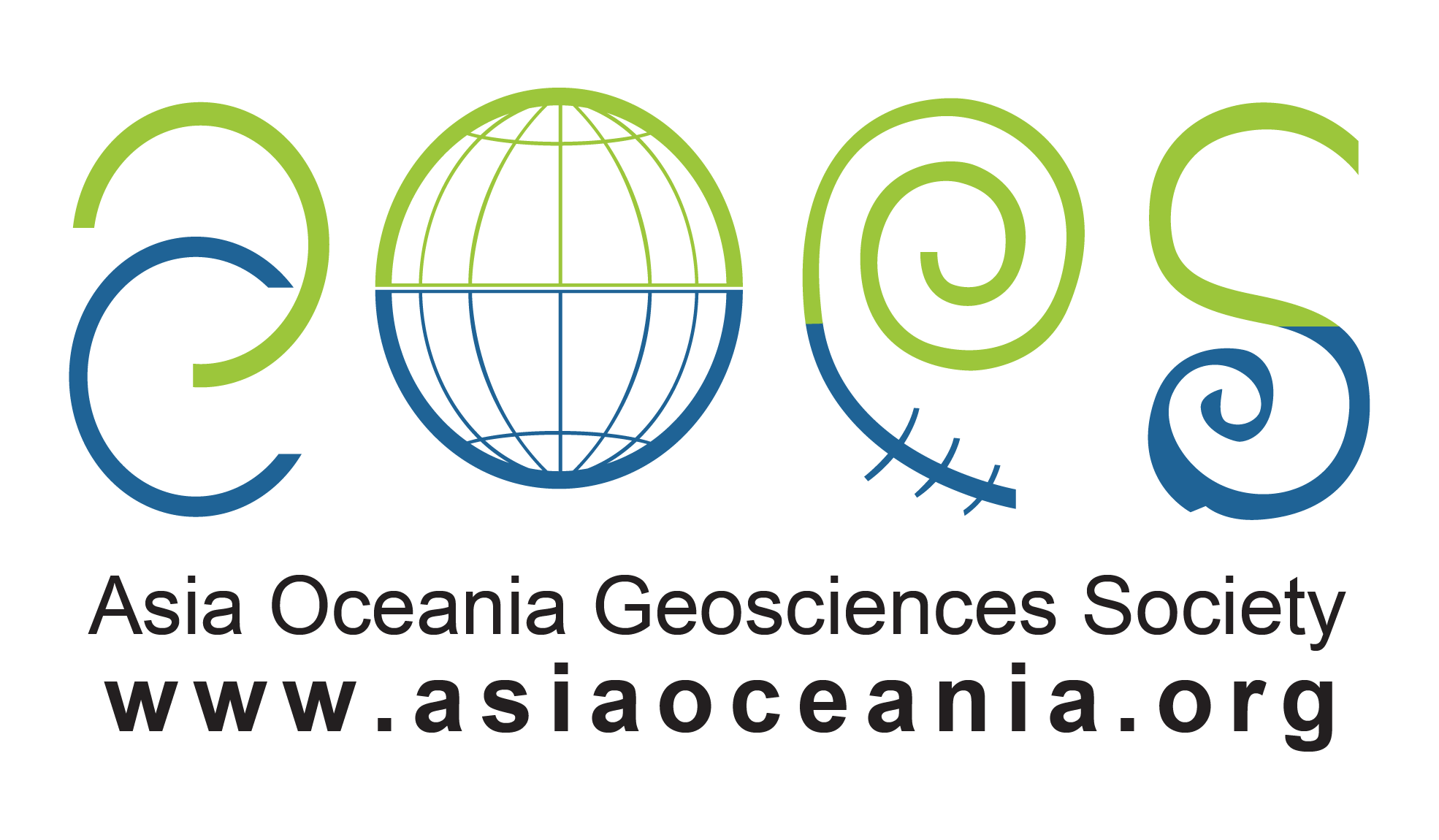
Themes
The Second AOGS-EGU Joint Conference on New Dimensions for Natural Hazards in Asia
Hyatt Regency Yogyakarta Hotel, Indonesia
Themes & Hazard Types
The physical and physical-social complexities of natural hazards in megacities (including early warning, monitoring, scenarios, precursors).
Documented local and regional changes of geohazard occurrence and likelihood due to changing climatic conditions and anticipation of future hazard development based on climate models and mechanistic understanding of hazardous processes.
Multi-hazard interrelationships including triggering relationships, increased probability, compound (coincident) hazards and concurrent hazards, along with how exposure and vulnerability changes over time (dynamic vulnerability) due to multiple stresses to the system.
The transient, medium- and long-term effects, impacts on the environment and human systems after a natural hazard event, including changed landscape dynamics, but also health (e.g., psychological), economic and socio-economic effects.
Anthropogenic processes (intentional, non-malicious human activities) influencing natural hazards (e.g., vegetation removal increasing the hazard for landslides) and technological hazards/disasters (the unintentional, non-malicious or negligent failure of technology or industry) and their influence by or on natural hazards.
Remote sensing and Earth-observation data as an aid in event analysis and monitoring for natural hazard forecasting and response.
Communications and warning systems before, during and after a natural disaster (including education, visualization, policy-science interface, uncertainty, scenarios).
Strategies and practice of science-based natural hazard and disaster scenarios for civil defence and other authorities.
Quantitative and qualitative single hazard case studies that are not included under themes A to G. Studying fault parameters on a single fault, landslide attributes in a case-study region, or a specific application of rainfall modelling.specific application of rainfall modelling.
Hazard Types
Geophysical
Earthquake
Liquefaction
Mass Wasting (e.g., landslide, rockfall, debris flow)
Snow Avalanche
Subsidence
Tsunami
Volcanic Eruption
Hydrological
Drought
Flood
Atmospheric
Extreme Precipitation (e.g., hail, snow, rain)
Extreme Temperature (heat or cold)
Lightning
Storm & Cyclones
Biophysical
Biodiversity Change (e.g., vegetation, invasive species)
Wildfire
Space/Celestial
Geomagnetic Storm
Impact Event
Other Natural Hazard
Anthropogenic or Natural Contaminate (e.g., heavy metals)
